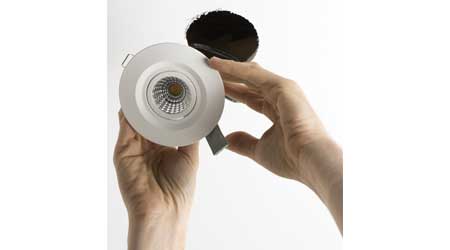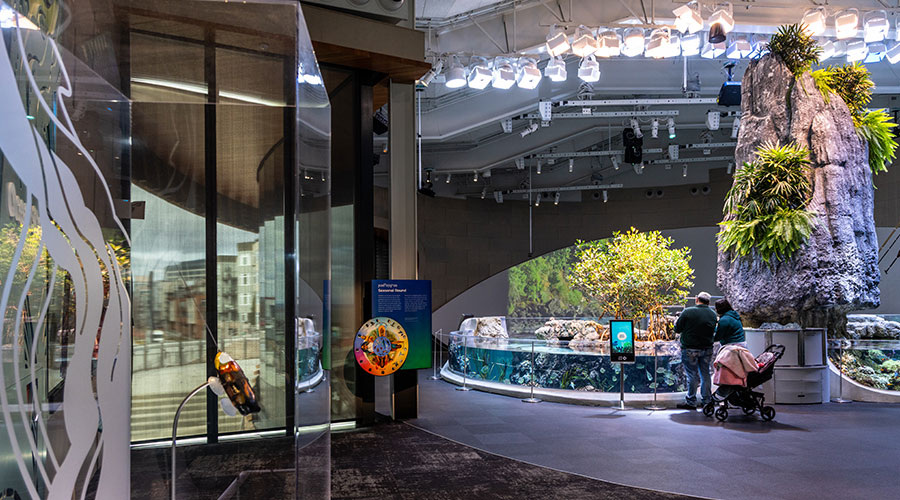Considering Relative Cost when Evaluating LEDs
Last of a 3-part article on how to evaluate and implement LED light sources
Relative cost is a final issue to consider in evaluating LEDs. Here is a closer look.
Initial and life-cycle costs are attractive. Until recently, the initial cost of an LED lighting system for a commercial application was high in comparison with the legacy lighting systems, such as fluorescent office lighting, but they are now comparable. In addition, the newer LEDs can be dimmed without the need to purchase a special dimming ballast, which typically added $80 to $100 to the cost of each fluorescent fixture.
Over their life-cycle, LED systems offer significant operations and maintenance savings. For example, over the course of 34 million hours of operation for one manufacturer’s family of outdoor streetlight fixtures, 29 fixtures failed out of 5,400 fixtures during that time. With a robust lighting system like this, a municipality no longer needs to have a crew regularly replacing lamps in streetlight fixtures. This substantially reduces maintenance costs.
To ensure that an LED lighting system will deliver the consistent performance of which it is capable in all parameters from lamp life to life-cycle cost, facility managers should rely on lighting designers with proven experience and expertise in comparable types of projects and on major manufacturers with proven track records for quality and reliability. Energy Star (www.energystar.gov) and the DesignLights Consortium (www.designlights.org) are sources of information on products that meet performance standards. For large-scale projects, mock-ups offer facility manages a chance to experience a space with the actual lighting.
LED lighting technology is revolutionizing the lighting industry and lighting systems for commercial environments. The evolution of a light source that is both versatile and energy efficient provides unprecedented aesthetic and economic opportunities.
Melanie Taylor, IALD, LEED BD+C, is vice president and national leader of the lighting group at WSP | Parsons Brinckerhoff.
LEDs Delivered High Level of Design, Performance for Online Retailer
LED lighting provided the ideal solution for a global online retailer seeking highly-designed, high-performance spaces for its multi-million-square-foot headquarters in Seattle with standards that can be internationally replicated across all of its office spaces.
The lighting design team ran many modeling studies to determine the optimal lighting layout with spacing that was appropriate both directly above workstations and in private offices. The design provided for subsequent build-outs of additional private offices in open office space that could be achieved without the need to change the lighting design. Pendant-mount linear direct/indirect LED fixtures were used to provide even light levels on the ceiling and at workstations, and to provide a cohesive appearance for the space.
The reduced wattage of the LED fixtures provides an energy-efficient lighting system with an average lighting power density of 0.8 watts per square foot. Each fixture is addressable, enabling the building operations staff to change the control zones of fixtures as necessary by reprogramming the controls rather than rewiring. The LED fixtures’ rated lamp life of 50,000 hours means that they should not need to be replaced for up to 10 years, reducing maintenance costs.
To give the space the high-tech punch that is appropriate for this innovative online retailer, smaller LED modules and fixtures were employed to achieve creative visual effects, such as thin lines and patterns.
— Melanie Taylor
Related Topics:














